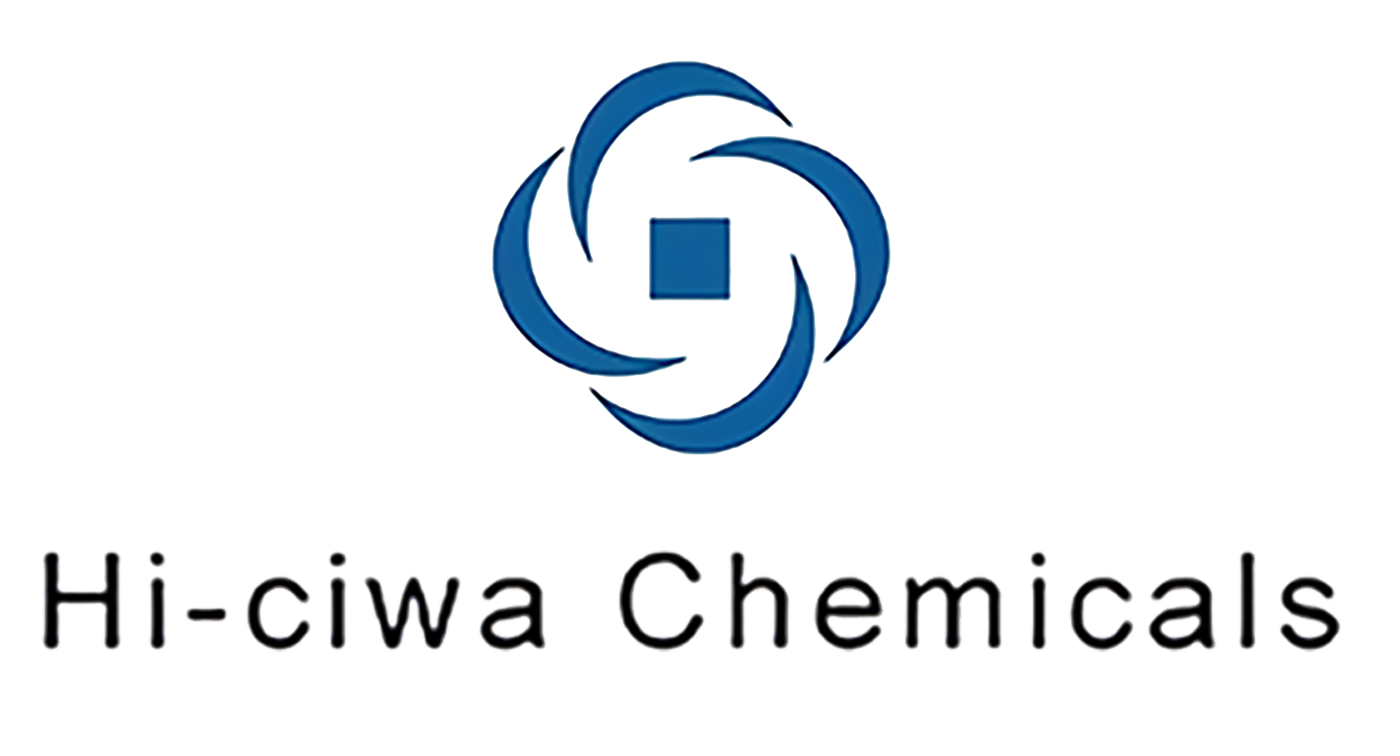Surfactant class analysis
Surfactant refers to the addition of a small amount of substances, so that the interface state of the solution system changes significantly. It has a fixed hydrophilic oil - loving base group that can be oriented on the solution surface. The molecular structure analysis of surfactant has amphiphilic properties: one end is hydrophilic group, the other end is hydrophobic group; Hydrophilic groups are often polar groups, such as carboxylic acid, sulfonic acid, sulfuric acid, hydroxyl, ether bond can also be used as polar hydrophilic groups; However, hydrophobic groups tend to be non-polar hydrocarbon chains, such as those with more than 8 carbon atoms. Analytical surfactants are divided into ionic surfactants, nonionic surfactants, amphoteric surfactants, composite surfactants, other surfactants, etc.The affinity of the two stages through the different parts of the molecule, since the two stages regard it as the original stage of a component, it corresponds to the two stages and the surfactant molecule does not form an interface, it corresponds to the partial elimination of the interface between the two stages, thus reducing the surface tension and surface free energy. Molecules are arranged between the two phases so that the surfaces of the two phases are essentially transferred to the interior of the molecule. This reduces the surface tension.The adsorption capacity of Gemini surfactant in solution interface is 100-1000 times that of ordinary surfactant. This means that Gemini surfactants are more effective than regular surfactants. It has waterborne, no flash point, non-flammable, no enzyme, no microorganism, no detergent, no phosphate, non-toxic, non-corrosive, no harm to vegetation, harmless to animals, no harm to water and water layer and other characteristics, mainly used for safety control of oil, fuel leakage and other hydrocarbons caused by pollution





